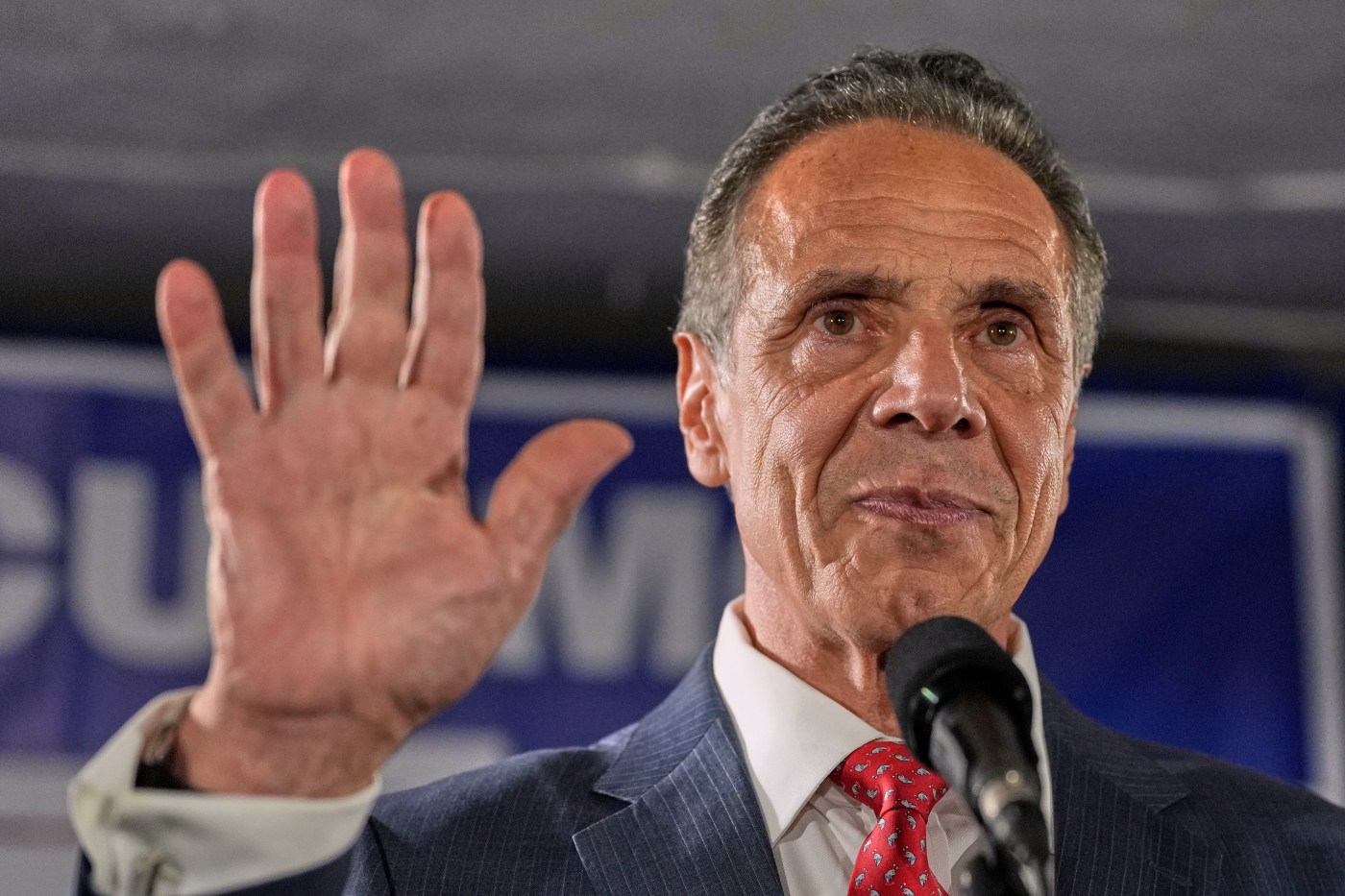Former New York Governor Andrew Cuomo is attempting to revitalize his bid for the mayoralty with a more active campaign strategy. On July 14, 2025, he pledged to adopt a broader and more effective ground game as he transitions to running as an independent candidate. This comes after a primary election defeat to Zohran Mamdani, where Cuomo admitted he had taken a cautious approach.
Cuomo is now focusing on neighborhoods that showed support during the primary election. His campaign has released footage of his visits to various communities, including housing complexes in the Bronx and Queens, as well as areas like East New York and Brownsville. According to Democratic strategist Trip Yang, this strategy aligns with Cuomo’s intent to connect with voters more effectively. Yang noted that neighborhoods with moderate voters in the primary are likely to yield similar support in the general election.
Cuomo’s campaign has made a notable effort to engage with voters in communities where he performed well previously. While he has visited sixteen neighborhoods since relaunching his campaign, including Midtown and Washington Heights, he has avoided areas like Williamsburg and Astoria, where he faced significant losses to Mamdani. Rich Azzopardi, Cuomo’s spokesman, stated, “This is a new campaign and we’ll be everywhere and talking to everybody.” He emphasized the need to improve outreach in all sectors of the electorate as the November election approaches.
The candidate has faced criticism for his previous “rose garden” strategy, which involved limited public interaction. In an attempt to change perceptions, Cuomo has been more accessible to the media, participating in one-on-one interviews. He has identified the November electorate as more diverse, stating, “It’s bigger, it’s more moderate. It’s more Queens, outer borough.” This shift reflects his strategy to appeal to independents and moderate Republicans.
In addition to adjusting his ground game, Cuomo has also embraced a more casual approach in his campaign messaging. His team has taken cues from Mamdani’s successful outreach, posting informal videos of Cuomo interacting with locals. These videos showcase him engaging with residents, such as ordering food at local eateries and visiting senior centers in areas where he previously found success.
Despite these efforts, Cuomo is grappling with significant challenges. His primary defeat came as a surprise to many in the political establishment, with Mamdani winning by a margin of 13 points. Unions that previously supported Cuomo have begun to back Mamdani, alongside endorsements from influential politicians like Rep. Adriano Espaillat.
Cuomo is also competing against incumbent Mayor Eric Adams, who has adopted a more moderate stance than Mamdani. Adams has garnered increased support from donors and law enforcement unions, further solidifying his position in the race. Some of Cuomo’s former backers are now shifting their support towards Adams, viewing him as a stronger candidate to challenge Mamdani.
As the campaign progresses, Cuomo’s ability to adapt his strategy and connect with a broader electorate will be critical in determining the outcome of the mayoral race. With November approaching, the effectiveness of his renewed efforts remains to be seen.
